Global Classrooms, Lasting Lessons: PIIRS Global Seminars Prepare Students for an Interconnected World
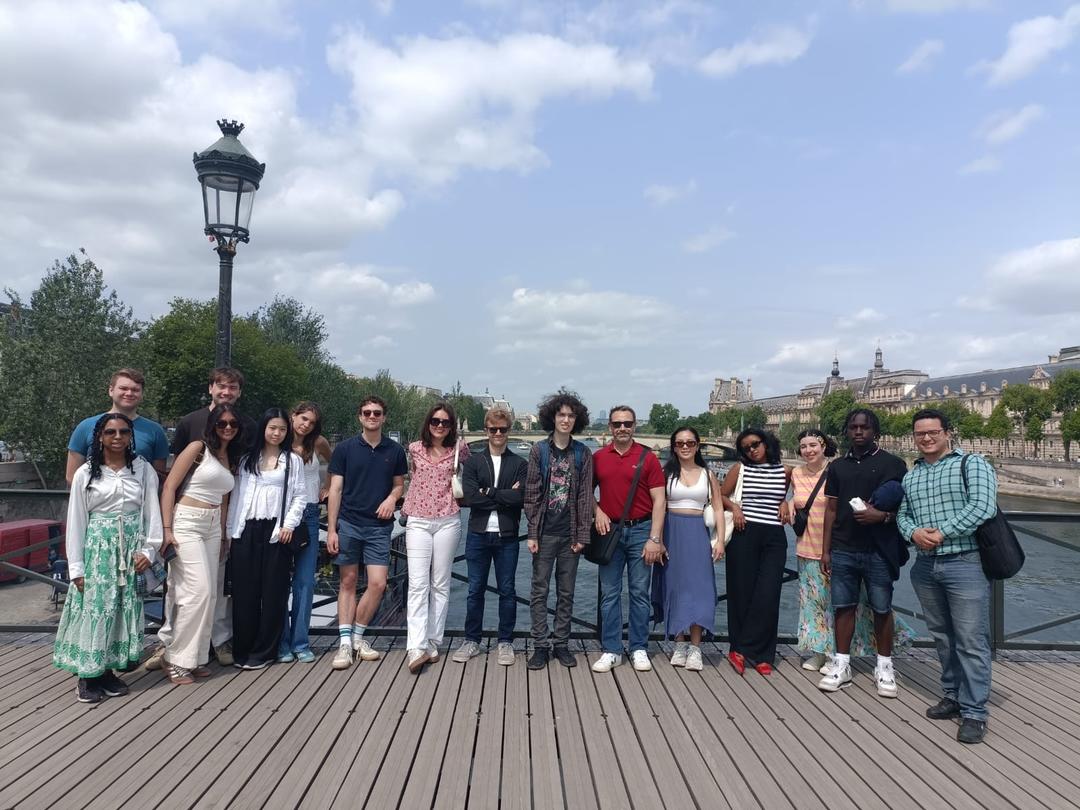
Each summer, PIIRS sponsors multidisciplinary Global Seminars that meaningfully unite pedagogy and place. In these six-week credit-bearing courses, students engage with the world beyond Princeton through experiential learning in places at the heart of the seminar’s lessons.
“Global Seminars take learning beyond the classroom and into the world,” said Trisha Craig, PIIRS’ executive director. “For many students, this is the moment when ideas and experience meet, when curiosity turns into purpose. They expand what students see as possible, both in the world and in themselves, and help them imagine how they might use their education to shape the future.”
In 2025, PIIRS piloted five new seminars — in France, Ireland, Kenya, Romania and Taiwan. Here, faculty and students reflect on a transformative summer abroad.
Paris: Spaces of Memory
Paris, France
Like most people, undergraduates in “Paris: Spaces of Memory” had preconceptions of the city’s geographies and histories. “Some of them had a vision of Paris from movies or a series like Emily in Paris — that very picturesque side of the city, with monuments and nice benches,” says André Benhaïm, professor of French and Italian. “It’s actually a living city. Very cosmopolitan, sometimes gritty.”
Benhaïm tasked his group to confront their misconceptions by learning the realities of the city’s past, present, and future and to pursue an independent project about Paris that aligned with their interests. One student documented the history of the city’s hospitals, focusing on those that had been decommissioned. Another volunteered with the
American Church in Paris and supported the unhoused. Yet another wrote about dance in Paris and took hip-hop classes. Collectively, these projects complicated the oversimplified, romantic notions of the city — and even gave Benhaïm new insights. “The students honed their research skills, and their projects took me by surprise. I learned a lot about a city I thought I knew,” he said.
My project focused on Franco-Chinese communities before, during and after the pandemic, and attempted to understand how they responded to discrimination. I interviewed small-business owners specifically in the Chinatowns of Paris and the neighborhood of Belleville in the 19th and 20th arrondissements. There's a spectrum to how Chinese communities responded to the pandemic and the China-bashing rhetoric. A lot of them have recovered from the economic hardship, but the pandemic has left
them with a mark as well. There's been a loss of customers. It was a global pandemic, but specific countries and populations experienced more adversity than others. This research has exposed me to ethnographic work — it’s shown me what it's like to speak with people, ask them difficult questions, and get a glimpse into their stories. This program has been invaluable in terms of exposing me to this type of field work.”
— Winnie Lin ’28
Reproductive Justice in Ireland
Dublin, Ireland
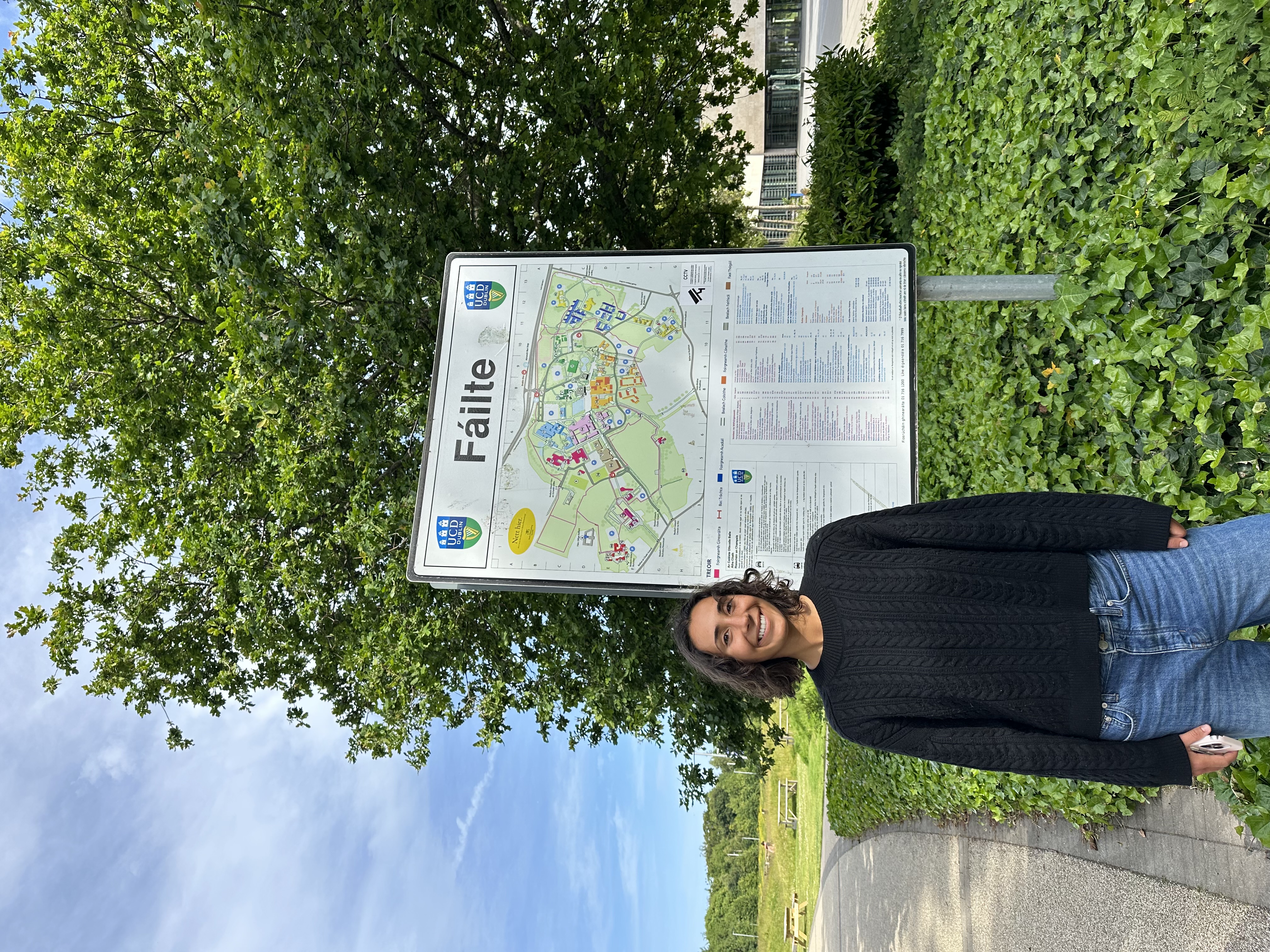 Nikki Gaito ’28 at University College Dublin.
Nikki Gaito ’28 at University College Dublin.
As students traveled across Ireland, the long shadow of English colonization and the Irish struggle for
independence followed them through their lessons about Irish history, sociology, anthropology and political science in “Reproductive Justice in Ireland” with Elizabeth Armstrong, associate professor of sociology and public affairs.
Students met with scholars and activists at the forefront of Irish abortion advocacy and consulted archives as they considered the past, present and future of reproductive rights in Ireland, while thinking about reproductive justice globally.
“I could’ve assigned the same books and articles on campus, but they wouldn’t have had the same impact,” Armstrong said. “Seeing glass art by Alison Lowry at the National Museum or visiting Glasnevin Cemetery to experience the gravesites and memorials to those who suffered in the Magdalene Laundries and mother and baby homes made a deep impression on students. Learning is activated when students are engaged emotionally as well as intellectually.”
I loved the opportunity to see firsthand how Ireland’s complex history continues to shape its present. Abortion didn’t become legal until 2018. They’re living through such fresh history. For the first half of the class, we focused on the history of the creation of the Irish state and women’s role in that society. In the latter half, we looked at political movements and how something starts from a grassroots movement and turns into a countrywide fight. We had opportunities to engage directly with scholars, advocates and individuals whose lives have been touched by reproductive politics. They would come present about their experiences, and we’d go out to a dinner with them. It’s one thing to read someone’s work, but it is an entirely different experience to be able to ask them questions and hear their personal stories in conversation, which made everything we were studying
feel so much more immediate and alive. This seminar has deepened my interest in women’s reproductive rights, an area I am excited to continue studying at Princeton and possibly even pursue as a future career.”
— Nicki Gaito ’28
Technology for African Languages in the Digital Age: An Interdisciplinary Approach
Kisumu, Kenya
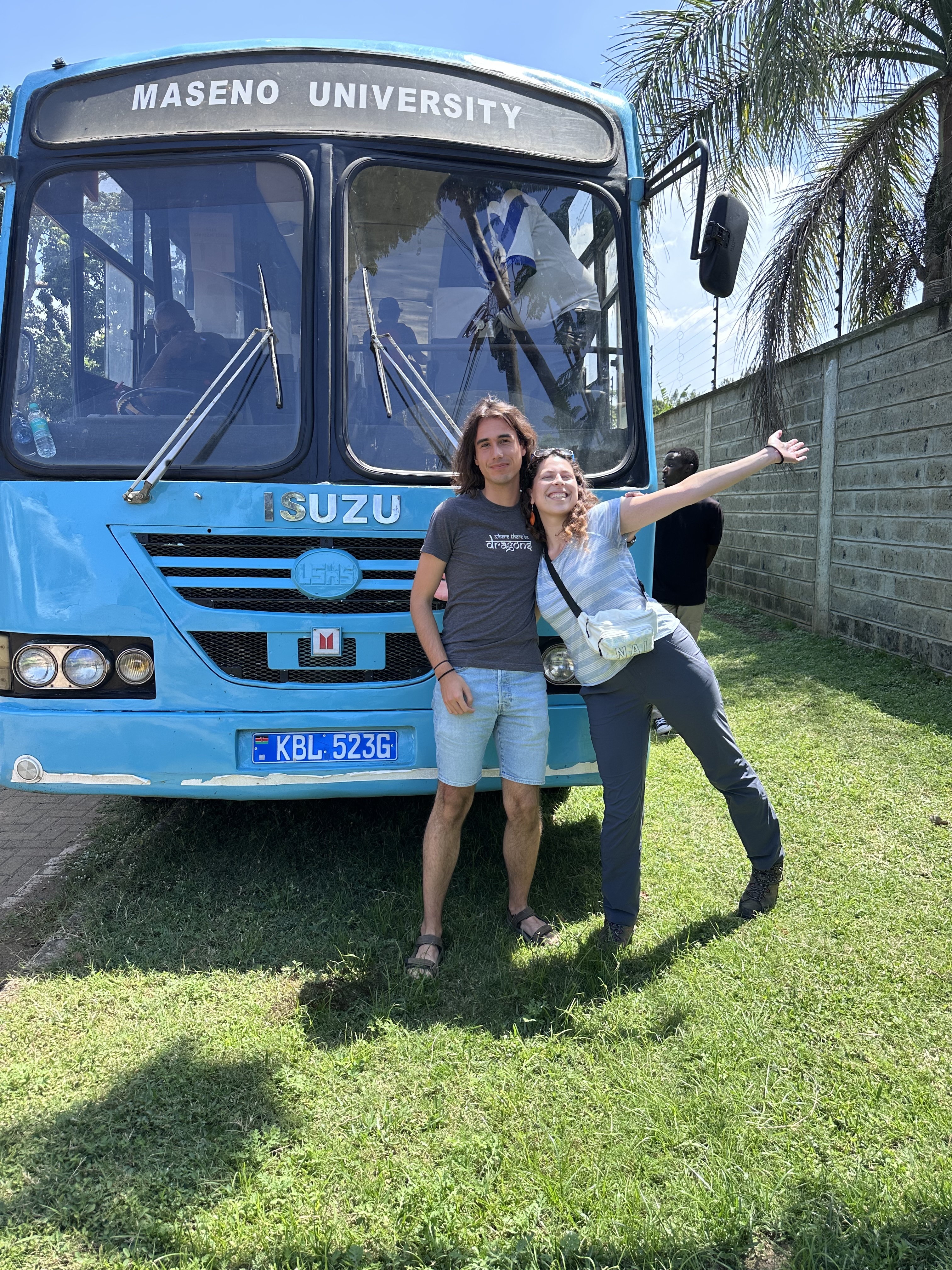 Andrei Florian ’28 and Uriel Lin ’28 on the campus of Maseno University, PIIRS' institutional partner.
Andrei Florian ’28 and Uriel Lin ’28 on the campus of Maseno University, PIIRS' institutional partner.
There are over 7,000 languages in the world today, and around 2,000 are spoken on the African continent. Yet, fewer than
20 African languages are currently represented in commercial large language models (LLMs) that drive services like ChatGPT.
Happy Buzaaba, associate research scholar at the Princeton AI Lab and lecturer at PIIRS and First-Year Seminars, is a data
engineer focused on introducing more African languages into LLMs. “People shouldn’t need to switch to another language for
them to interact with technology,” Buzaaba said. “For these African communities, it’s a barrier.”
In “Technology for African Languages in the Digital Age: An Interdisciplinary Approach,” co-taught by Buzaaba, Princeton undergraduates and six local Kenyan students worked to collect image, audio and text data in six Indigenous Kenyan languages to enhance the representation of African languages in LLMs.
The course, co-taught with Mahiri Mwita, a senior lecturer at PIIRS, and Srinivas Bangalore, lecturer in the Program in Translation and Intercultural Communication, will return to Kenya in summer 2026. “The students appreciated the complexity and the work it takes to develop a technology for low-resource African languages,” Buzaaba said. “Some students told me that the course gave them a direction of what they want to focus on going forward.”
Local languages around Kisumu are primarily oral, often lack standardized scripts and, most importantly, don’t appear online.
We were focused on building strong databases that were comprehensive and culturally aware. Companies like Google may develop models in Swahili, but the people designing them might not consider cultural contexts such as local fishing practices, crops or foods. The resulting models may miss themes relevant to actual users. Our project involved taking photos of daily life
and then writing captions. The key was not to just translate captions — we developed them in English, Swahili and Maragoli, enriching the database and making it more authentic. ... Princeton has been about taking parts of my identity — interest in computer science and languages alongside my Latin American Jewish heritage — and finding ways to connect them to meaningful projects. This seminar inspired my next steps to build a model for Quechua, an Indigenous language I study that’s spoken by only a few million people across South America.”
— Uriel Lin ’28
A Region at the Crossroads: Eastern Europe and the Black Sea Between Russia and the West
Cluj-Napoca and Sibiu, Romania
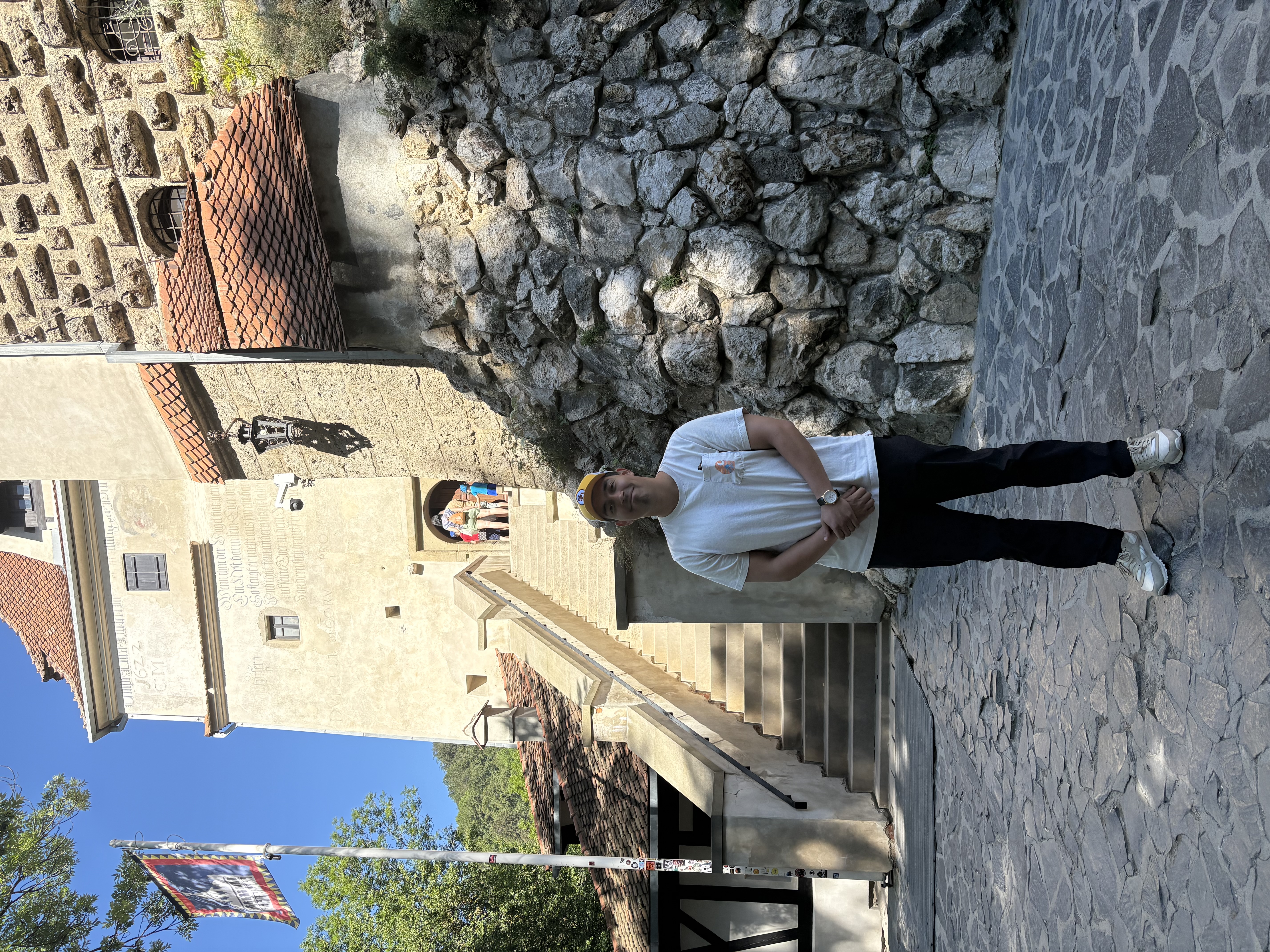 David Caro ’28 at Bran Castle, a national monument and landmark in the Transylvania region of Romania.
David Caro ’28 at Bran Castle, a national monument and landmark in the Transylvania region of Romania.Photo by David Caro
As a postcommunist country bordering Ukraine and the Black Sea and a relatively recent member of the European Union and NATO, Romania offers an important lens for understanding of the significant political and economic changes in the region as a result of Russia’s war in Ukraine. “A Region at the Crossroads,” co-taught by Grigore Pop-Eleches, professor of politics and
international affairs and acting director of PIIRS, and Nadia Crisan, the executive director of the Liechtenstein Institute on Self-Determination, provided students with an overview of the region’s precommunist and communist past and the political dynamics that have transformed it as countries embarked on diverging postcommunist political trajectories — both toward stable democracy and entrenched authoritarianism.
Pop-Eleches, who was born and raised in Sibiu, hoped to give the students context for current debates about the tensions between European aspirations and Russian threats in Eastern Europe, as well as about the way in which these tensions are rooted in the imperial and communist legacies of the region. “The layers of history in two Transylvanian cities, along with trips to meet with politicians in Bucharest and visits to the Memorial Museum to the Victims of Communism and the Elie Wiesel Memorial House in Sighet on the border with Ukraine gave them a much more vivid understanding of the complex history and politics of Romania and the broader region than what we could have done in a classroom in Princeton,” he said.
Understanding the legacies of communism in the region as well as the pivot toward democracy was a fascinating topic that is really reflected in the cities we explored. Our trip to Maramures, a region that neighbors Ukraine, reiterated how crucial the contemporary fight for democracy is. Romania took in the greatest number of Ukrainian refugees of any other European country. Being in that area, hearing people speak Ukrainian, seeing Ukrainian flags, put all that into perspective. Visiting Sighet Prison, a former prison for anticommunist political opponents, reinforced why we should support those in the fight and not be afraid of protecting our democracies at home. Studying Romania through a political and historical lens emphasized how democracies depend on civically engaged citizens to flourish. It’s vital that we're going through all the channels necessary — diplomacy, voting, protesting — before using military force; ‘military intervention’ is tossed around by every country too easily. These perspectives have motivated me to become more involved in civic engagement here in Princeton and are sure to follow me.”
— David Caro ’28
Taiwan Beyond the Headlines: History, Society and Culture
Taipei City, Taiwan
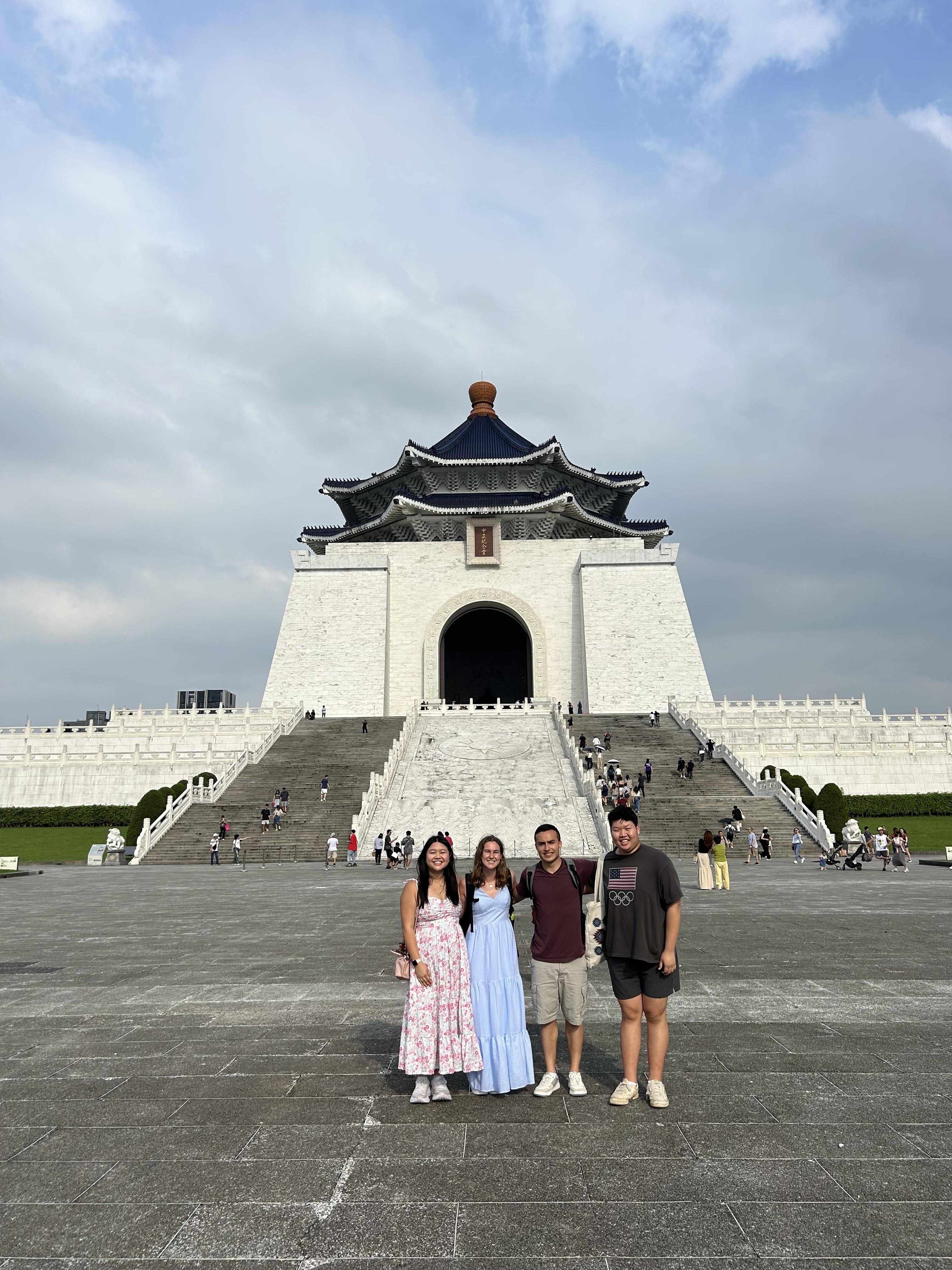 Joshua Jen ’28 and his classmates in “Taiwan Beyond the Headlines” explore Chiang Kai-shek Memorial Hall, which honors Taiwan’s former president and is a symbol of the island’s complex political history.
Joshua Jen ’28 and his classmates in “Taiwan Beyond the Headlines” explore Chiang Kai-shek Memorial Hall, which honors Taiwan’s former president and is a symbol of the island’s complex political history.“For some years I had been thinking and worrying about the glaring absence of Taiwan in Princeton’s undergraduate curriculum,” said Janet Y. Chen, professor of history and East Asian studies and director of the Program in East Asian Studies. “The opportunity to take students to Taipei as part of the Global Seminar program was the perfect answer.”
She and Fang-Yen Hsieh, lecturer in Chinese language, led “Taiwan Beyond the Headlines: History, Society, and Culture,” taking students to Taipei and to a world beyond the headlines to examine the island’s colonial past, its economic rise, the transition to democracy, and social movements such as feminism, LGBTQ rights and environmental activism.
Chen described a weekend trip to Kinmen Island, near China’s coast, as illustrative: “As we stood at the beach and looked to the mainland Chinese city on the other side, all the headlines about conflicts across the Taiwan Strait made sense in a piercing new way,” she said. “We met with a city councilor, who shared with us his views of the challenges and opportunities for the local community — those who grew up in the glare of the Cold War and the younger generation learning to navigate new geopolitical realities. Throughout the summer, what students could see and experience outside the classroom amplified and deepened
their academic studies.”
As a Taiwanese-American, this experience broadened my understanding of Taiwan and expanded my perspective to other sectors and people, including the manufacturing industry and indigenous communities. One of the most notable experiences was sharing a meal with Lenglengman Rovaniyaw [associate professor, Department of Indigenous Affairs and Development, National Dong Hwa University,] learning about the relationships between Indigenous communities and the modern Taiwan government and her opinions about how Indigenous communities can move forward. This was particularly interesting as we learned about the history of how Taiwan was formed and the unique role Indigenous people played in that process. Beyond that, getting the chance to explore Taipei with my classmates was a huge highlight of the trip; whether it was hiking in Jioufen, shopping in Xinyi or eating lots and lots of food, the informal trips and daily excursions both brought our group closer and also gave us the chance to learn more about Taiwanese people.”
— Joshua Jen ’28
